The sustainable future of cities depends on whether local governments can work together with the cultural and creative sectors and respond jointly to current challenges. That was the goal of the Cultural and Creative Spaces and Cities (CCSC) project. Here is an overview of what we have managed to achieve from 2018 until 2021.
The role of the CCSC was to connect the cultural and creative sectors with local governments. As such, the project brought a new perspective to the city’s problem-solving processes – the perspective of local citizens. For the project, we partnered up with nine organizations under the leadership of Trans Europe Halles.
Most of the activities were carried out by seven so-called Urban Labs. 37 cultural organizations in 21 EU countries took part in the project as associate partners. The Lab in Košice, managed by Creative Industry Košice, addressed the challenge of engaging partners – local government, communities and citizens, cultural institutions, tourism, the IT sector, creative industries, social innovators, and the public space – in creating the future image of the city and the position culture has in it. Examples from Košice and other participating cities serve the European Commission to improve cooperation with cultural organizations across Europe
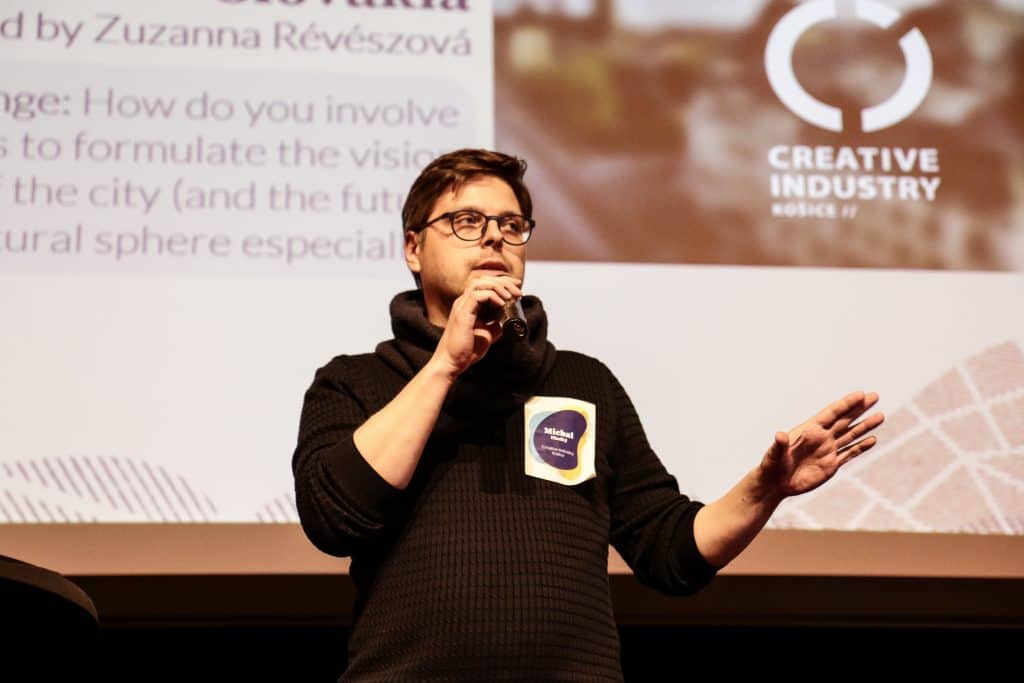

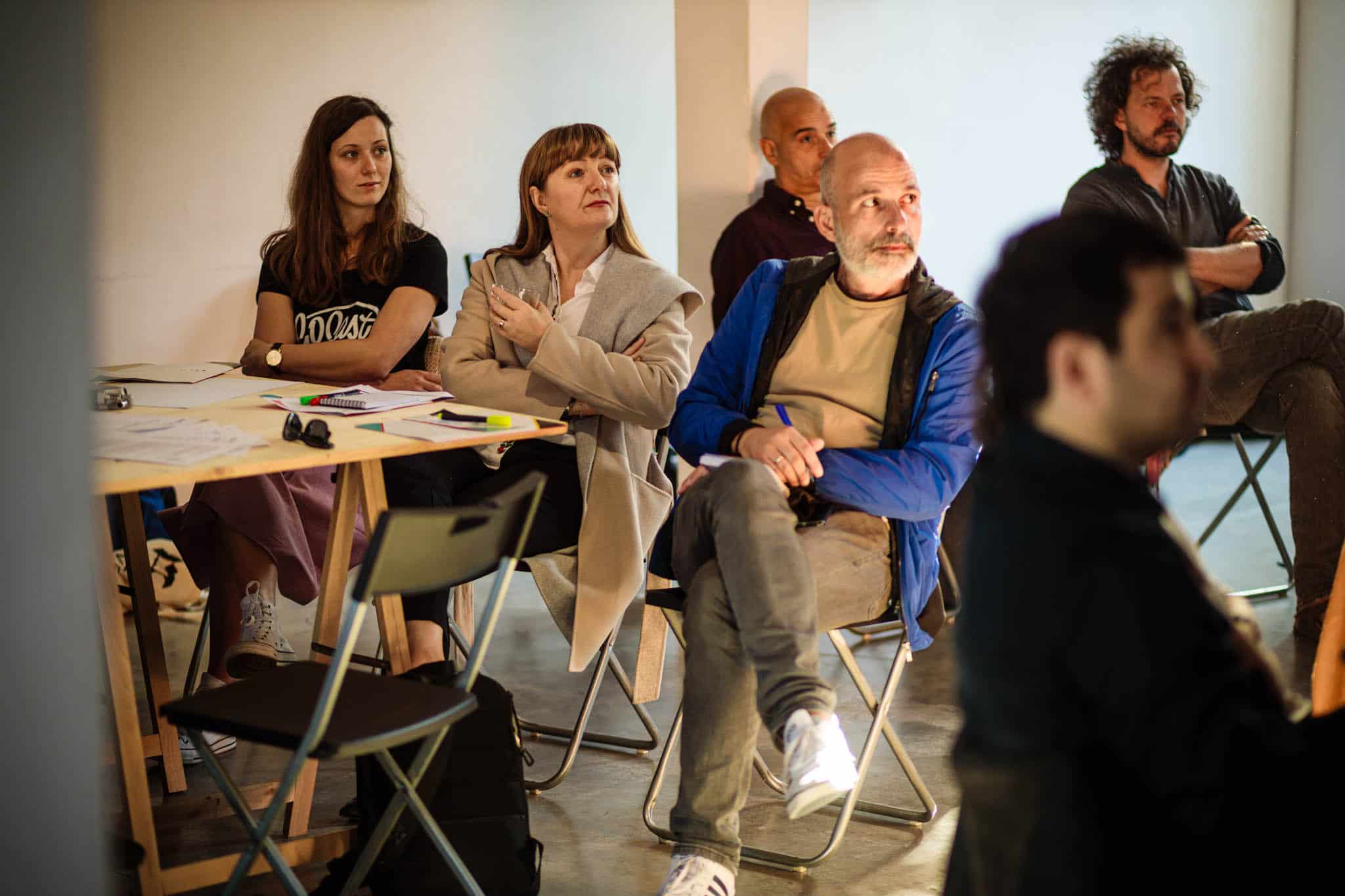
“In the CCSC project, Košice managed one of the seven Urban Labs, which, among other things, managed to lay the foundations for active research and the use of participatory methods.“
Michal Hladký, Director of Creative Industry Košice
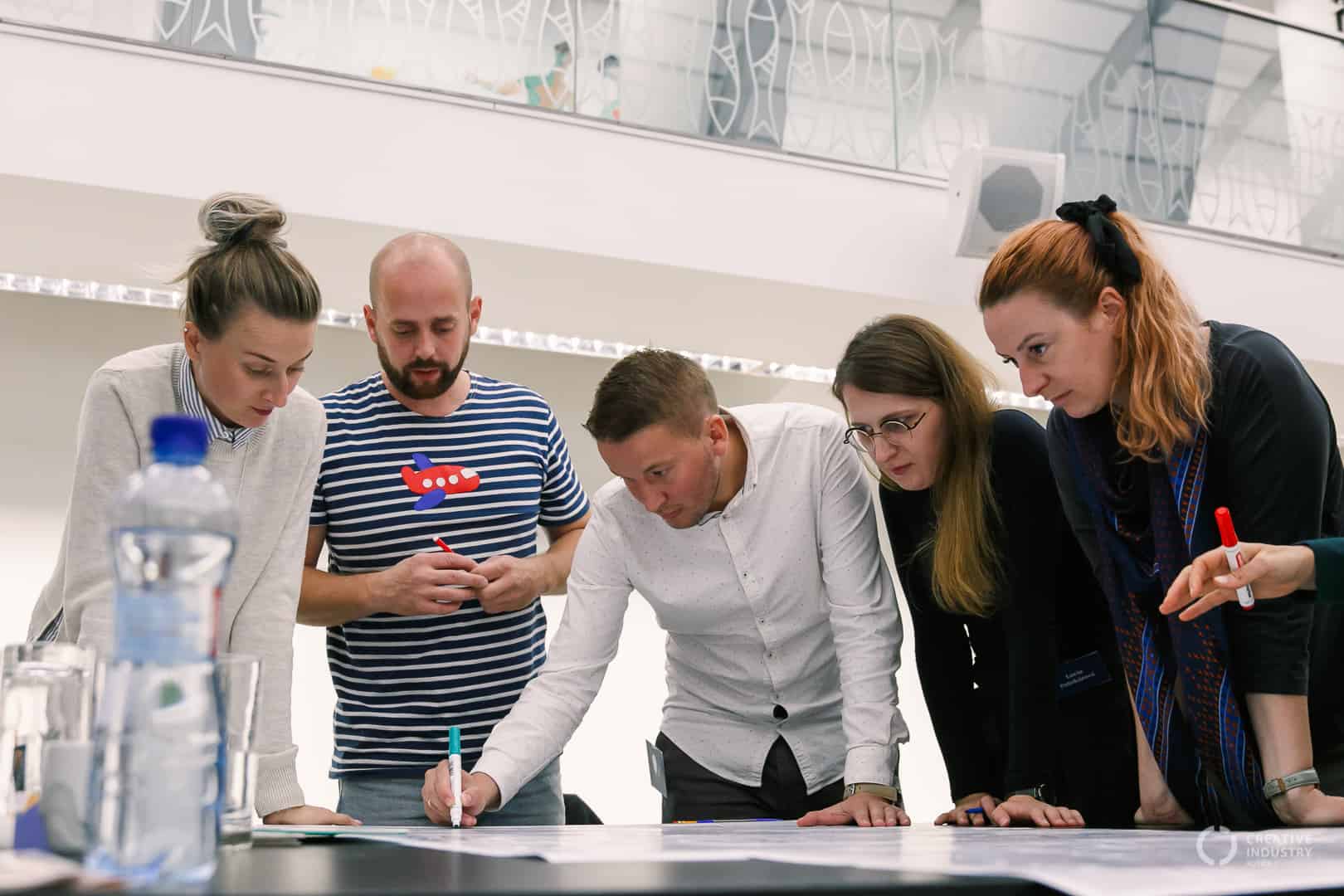
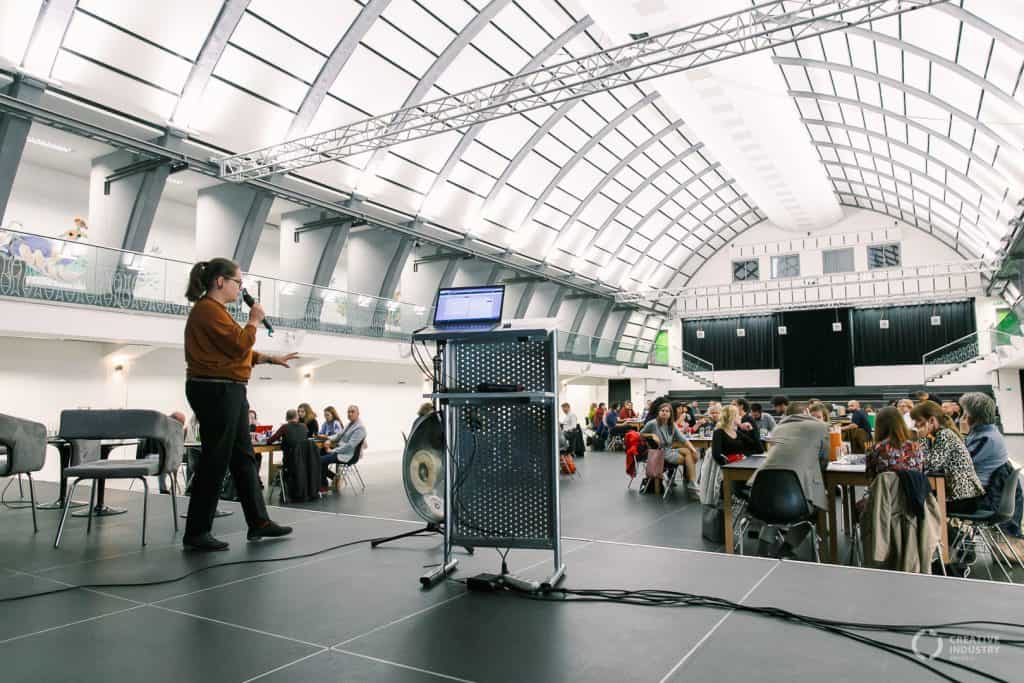
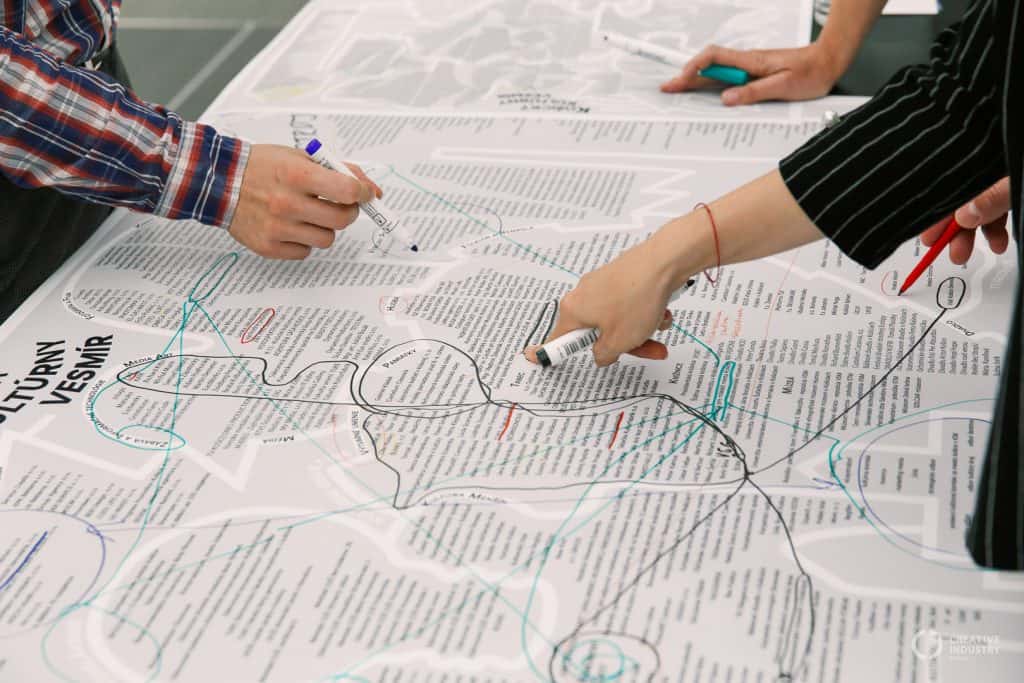
Our experience with new methods: we have brought together the people of the creative city
An exceptional meeting, People of the Creative City, brought together about 100 representatives of the Košice cultural scene. For example, a representative of the municipality, a filmmaker, the owner of a travel agency, a community worker from Luník IX, a swing musician, or a landscape architect could all find themselves sitting at one table.
The task was clear – to lay the foundations for a cultural strategy for the city of Košice, which would become part of a new master plan for economic and social development. Thanks to the event, we identified several activities that could contribute to the development of the city’s cultural infrastructure. The practical proposals addressed the focus of cultural and creative institutions in Košice, the simplification of administrative processes and their financing, but also the need to become more accessible to the citizens, including disadvantaged groups. We also focused on research, education, and cross-sectoral cooperation.


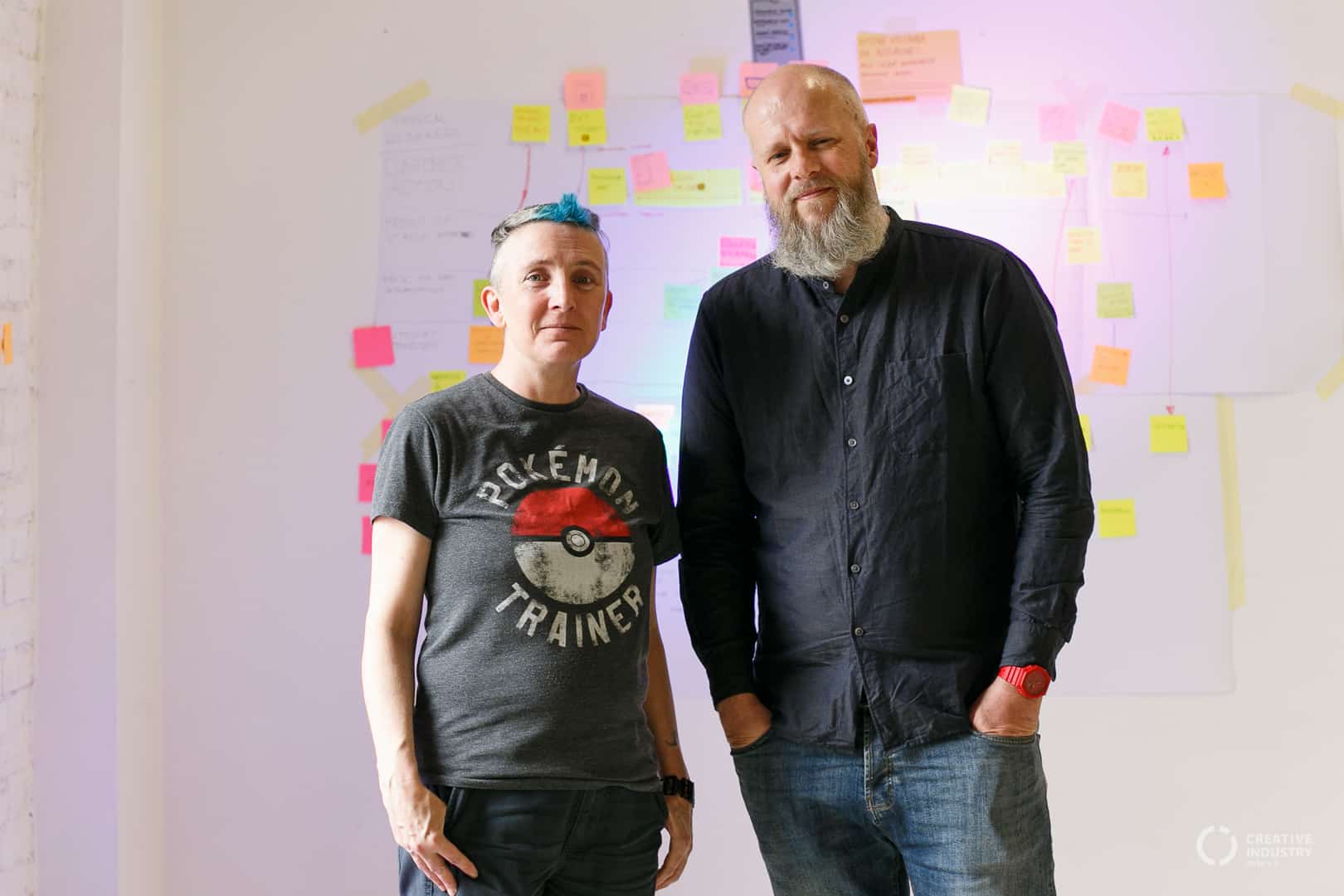
We demonstrated how design and data can improve cities
At the beginning of 2020, we welcomed two experts in service design and data analysis in Košice. Lucy Knight and Simon Gough from a UK-based organization The Data Place focused on Design Thinking and human-centered design. They also addressed the topic of using the data available to the city. Their workshop provided a new way of looking at the city and the services it provides. The participants experienced how they can find interesting solutions through mutual cooperation, often across sectors. For example, a group of designers and activists came up with a way to raise the interest of Košice’s inhabitants in the city’s air quality – by visualizing smog data in the form of animations at public transport stops.

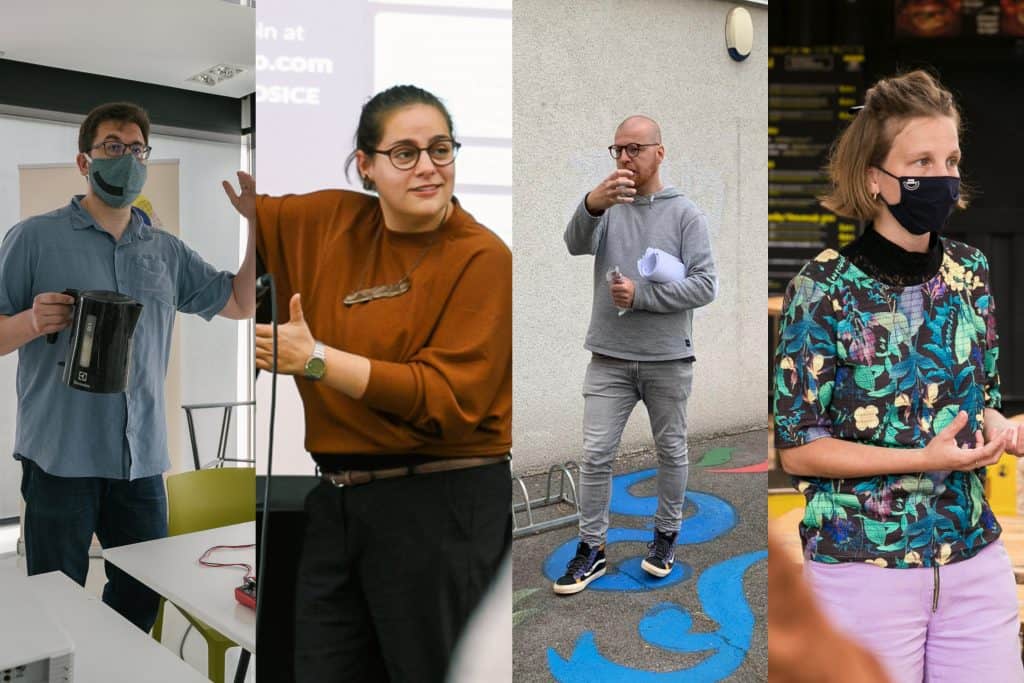

The presentation of Košice’s Urban Lab work was thwarted by a pandemic, so we went online!
The methods we developed in Košice became the subject of a series of workshops led by an international data expert, local representatives of culture and the creative industries, and an art resident.
Nonetheless, the realization of the project activities was affected by the pandemic. Thanks to the support of CCSC and the Creative Industry Košice, we came up with a unique idea of Home Residencies. Together, we found a new kind of support for artists, thanks to which they could continue to create in the safety of their homes. Home Residencies caught the eye of the local government and the second round of grants for artists and creatives was funded by the city of Košice.

Košice at an online international conference
We ended the project with a grand two-day online international Co-designing Our Cities Conference, at which our project manager Zuzana Révészová represented us. Under her leadership, participants were also able to participate in a workshop focused on mapping the needs of the citizens. According to Zuzana, when creating cultural policies, it is important to regularly identify which people are active in this industry and how the city can support them. “The most important thing is to map actors on a regular basis. We also facilitated the mapping workshop at a conference in Brussels and received very good feedback and tips for improvements. We believe that in the future we will know how to reach the widest possible range of people and thus ensure access to culture for the various inhabitants and creators in the city.” Watch a video from the conference, during which the leaders of the seven Urban Labs present their journey during the CCSC project.

What’s next for the city and cultural and creative industries
The central idea of the whole project revolved around the term “commons”. It can be explained as tangible or intangible resources that are shared by all. They are the joint property of communities that do not seek to make a profit but to benefit the public. By its very nature, this definition is very closely linked to culture. We do not have to perceive culture as a commodity but, on the contrary, as a tool for a more inclusive and democratic way of living in the community. This topic is addressed in depth in the latest publication by Creative Industry Košice – Commons. Between Dreams and Reality.
Recommendations for policymakers are summarized in another publication called Policy Analysis and Recommendations. It was put together under the leadership of the European Cultural Foundation – our project partner who was in charge of analyzing the approach of cultural organizations to European and local support. Both publications were designed by a graphic designer from Košice, Katarína Rybnická. We are glad that CIKE was able to facilitate the visual side of these publications.
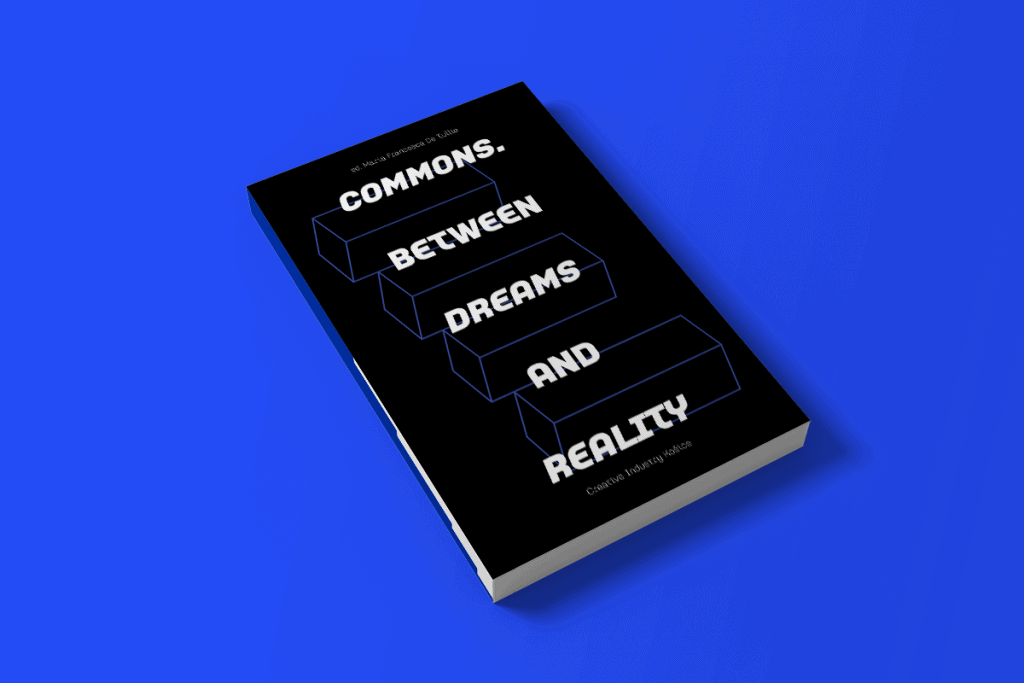

Being part of the CCSC project was beneficial for Creative Industry Košice for several reasons. “We had the opportunity to work with research as a primary tool for understanding the position of culture in urban development. We used the methods of co-creation and participation in creating a cultural strategy. The result of the analytical and conceptual phase of the research is the document Strategy for the Development of Culture and Creative Industries for the City of Košice. It is an important outcome of the project, which will have an impact on the city for several years to come,” adds Michal Hladký. The mentioned document is currently undergoing final adjustments and will be published on our website soon.
More information about the CCSC project, the consortium, individual outcomes and activities is available on its official website.
The project was co-funded by the Creative Europe Programme of the European Union.
